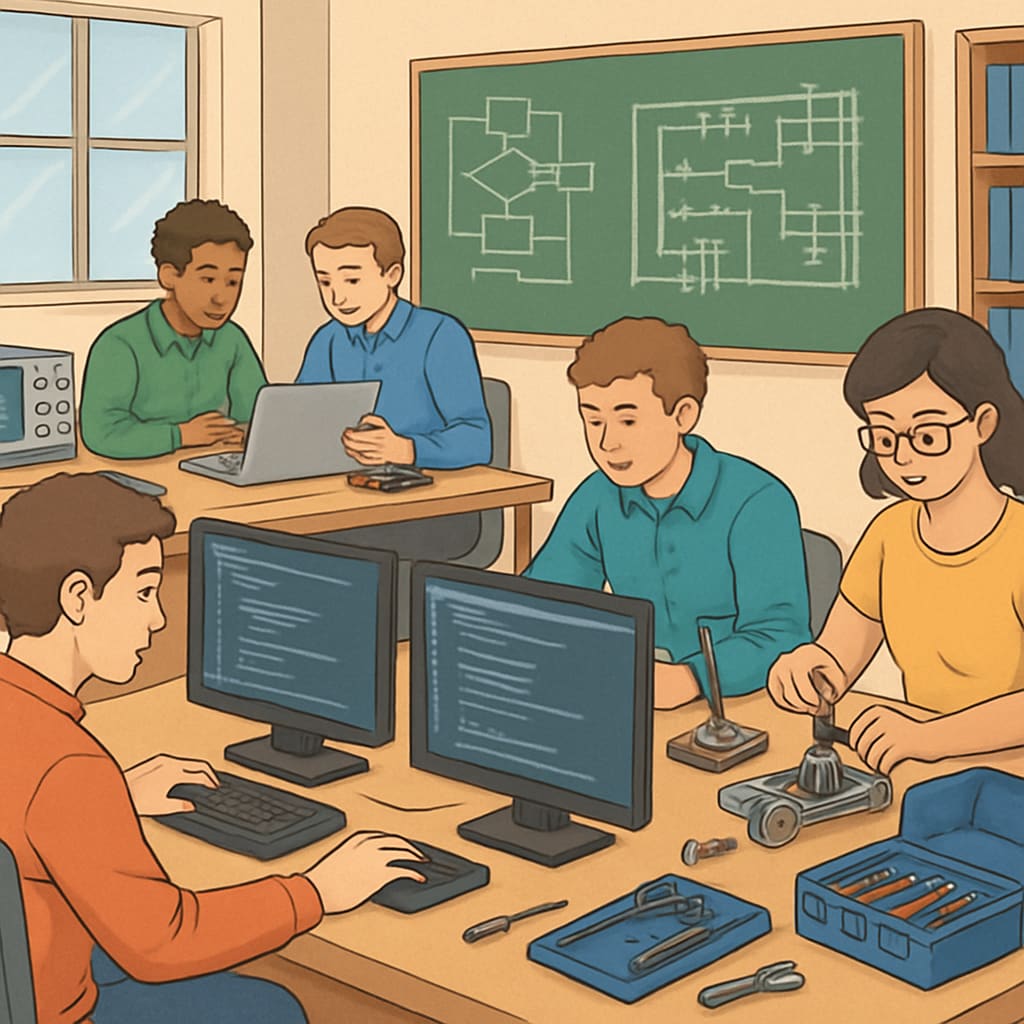Career and Technical Education (CTE), school district implementation, and traditional subjects are critical elements shaping the future of K-12 education. As students prepare for a rapidly evolving workforce, schools are tasked with the challenge of balancing CTE programs with traditional academic disciplines. This balance ensures that students acquire practical career skills while maintaining a strong foundation in core subjects like mathematics, science, and literature. In this article, we examine the significance of CTE, analyze implementation models across school districts, and provide actionable strategies for educators and policymakers to integrate CTE with traditional curricula effectively.
Why Career and Technical Education Matters
CTE programs offer students hands-on learning opportunities that prepare them for specific industries, ranging from healthcare and technology to skilled trades and manufacturing. Unlike traditional academic courses, CTE focuses on practical skills and real-world applications, helping students bridge the gap between education and employment. For example, a student enrolled in a CTE program might learn coding languages, automotive repair techniques, or advanced culinary arts.
According to Britannica’s insights on vocational education, CTE fosters critical thinking and problem-solving skills, which are essential for navigating the complexities of modern workplaces. Additionally, CTE programs often include certifications or credentials that enhance employability, giving students a competitive edge in their chosen fields.

School District Implementation Models
CTE implementation varies widely across school districts due to differences in funding, resources, and community needs. Some districts adopt standalone vocational schools, while others integrate CTE programs into traditional high schools. Below are common implementation models:
- Dedicated CTE Centers: These facilities focus exclusively on vocational training, often partnering with local businesses and industries to provide internships and apprenticeships.
- Integrated Curricula: Traditional schools incorporate CTE courses alongside standard subjects, allowing students to explore career pathways while fulfilling graduation requirements.
- Regional Collaborations: Multiple districts pool resources to create shared CTE centers, maximizing accessibility for students in rural or underserved areas.
For example, vocational schools often serve as a hub for specialized training, offering programs tailored to regional economic demands.

Strategies for Integrating CTE and Traditional Subjects
Balancing CTE and traditional subjects requires thoughtful curriculum design and collaboration among educators. Here are some strategies to achieve this integration:
- Cross-disciplinary Projects: Combine CTE skills with academic knowledge through interdisciplinary assignments. For instance, a robotics project can incorporate engineering principles (CTE) and physics equations (traditional subjects).
- Flexible Scheduling: Allow students to alternate between CTE courses and traditional classes, providing equal emphasis on both areas.
- Teacher Collaboration: Encourage CTE instructors and academic teachers to co-design lessons that blend technical skills with core subject matter.
- Community Partnerships: Engage local businesses and organizations to support CTE initiatives, ensuring that programs align with real-world industry demands.
As a result, students develop a well-rounded education that equips them with both theoretical knowledge and practical expertise, preparing them for success in higher education and the workforce.
The Future of Educational Balance
As technology and industry evolve, the demand for skilled professionals continues to grow. Balancing CTE with traditional subjects is vital for creating a dynamic educational system that meets modern challenges. Policymakers must prioritize funding for CTE programs while maintaining rigorous academic standards. Educators should also focus on creating innovative teaching methods that integrate both areas seamlessly.
Ultimately, the successful implementation of balanced curricula can empower students to thrive in diverse career paths and contribute meaningfully to society. By fostering collaboration between school districts, educators, and industries, we can ensure that K-12 education remains relevant and impactful in the years to come.
Readability guidance: This article uses concise paragraphs, clear headings, and lists to enhance readability. The content balances technical insights with practical advice, ensuring accessibility for a broad audience.


